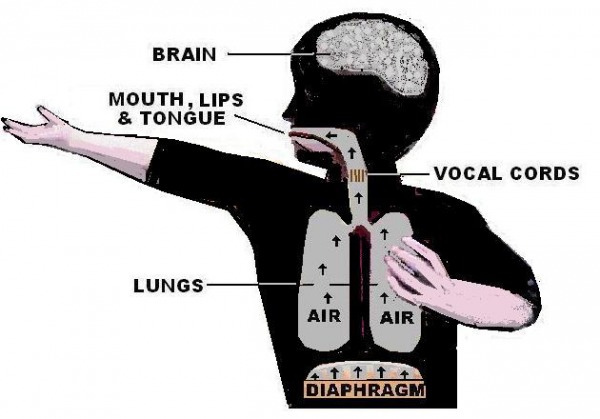A Brief Overview1
Being aware of language and communication milestones is important for parents and other caregivers. We often hear statements like the ones listed below from parents whose children are not speaking “like other children”, or from professionals, including family physicians:
- “My two year-old has yet to utter her first words, but since her pediatrician is not concerned, I guess I should not think about this too much.
- My three year-old only uses one-word phrases, but so did his father. I guess this runs in my husband’s family and I should not be worried.
- Leave your child alone. She will talk when she is good and ready. You are ‘making a mountain out of a mole hill’ (exaggerating).”
Nevertheless, the speech and language patterns of these children seem to be different than those of others their age. These differences show both in the way they talk, or the quality of their expression, and in quantity, or how many words they know and can put together into sentences.
It may be that some physicians are not aware of the early signs of speech and language delay in young children. They may want to avoid worry for parents so they reassure parents that their children will develop language at their own pace.
It is also true that some children talk earlier than others. These children usually fall within the typical range of speech and language development. At the same time, a parent’s concerns about their child’s speech and language development are always valid and need to be heard. Parents need to consult with a public health nurse or a speech and language pathologist.
Signs of severe delay include:
- Not talking at three years of age;
- Speaking in only one word phrases at five years of age;
- Not speaking clearly (e.g., having severe speech difficulties at seven years of age).
Resources:
Click here for a list of different speech, language and communication disorders.
